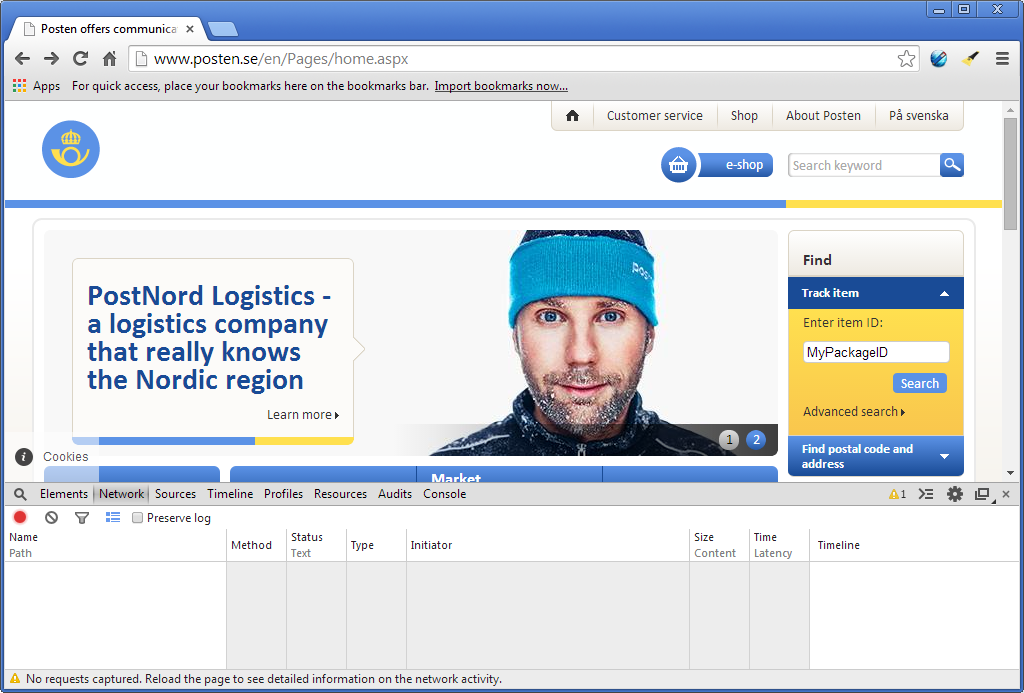

Chrome Webscraper Code Your App
First, you will code your app to open Chromium and load a special website designed as a web-scraping sandbox: books.toscrape.com. Your app will grow in complexity as you progress. Scraping is also a solution when data collection is desired or needed but the website does not provide an API.In this tutorial, you will build a web scraping application using Node.js and Puppeteer.
Node.js installed on your development machine. Scraping any other domain falls outside the scope of this tutorial. This tutorial scrapes a special website, books.toscrape.com, which was specifically designed to test scraper applications. They also differ based on your location, the data’s location, and the website in question. In the remaining steps, you will filter your scraping by book category and then save your data as a JSON file.Warning: The ethics and legality of web scraping are very complex and constantly evolving.
You can press ENTER to every prompt, or you can add personalized descriptions. First initialize npm in order to create a packages.json file, which will manage your project’s dependencies and metadata.Npm will present a sequence of prompts. Npm comes preinstalled with Node.js, so you don’t need to install it.Create a folder for this project and then move inside:You will run all subsequent commands from this directory.We need to install one package using npm, or the node package manager. This tutorial requires just one dependency, and you will install it using Node.js’s default package manager npm. First, you will create a project root directory and then install the required dependencies. You can follow this guide to install Node.js on macOS or Ubuntu 18.04, or you can follow this guide to install Node.js on Ubuntu 18.04 using a PPA.With Node.js installed, you can begin setting up your web scraper.

In the next step, you will set up a browser instance and test your scraper’s basic functionality. Save your changes and close your editor.You are now ready to start coding your scraper. Your package.json file will not require any more revisions. Remember to place a comma at the end of the test script line, or your file will not parse correctly."test": "echo \"Error: no test specified\" & exit 1" , "start": "node index.js"You will also notice that puppeteer now appears under dependencies near the end of the file. Specifically, you must add one line under the scripts directive regarding your start command.Open the file in your preferred text editor:Find the scripts: section and add the following configurations.
When you launch your application, it will automatically open Chromium and navigate to books.toscrape.com. In this step, you will set up your scraper’s browser instance. A headless browser like Chromium allows you to do these same things, but programmatically and without a user interface.

Note well, however, that if you want to deploy your scraper to the cloud, set headless back to true. headless - false means the browser will run with an Interface so you can watch your script execute, while true means the browser will run in headless mode. Launch() method takes a JSON parameter with several values: Then or await block.You are using await to make sure the Promise resolves, wrapping this instance around a try-catch code block, and then returning an instance of the browser.Notice that the. This method returns a Promise, so you have to make sure the Promise resolves by using a. Launch() method that launches an instance of a browser.
You will then call the startBrowser() function and pass the created browser instance to our page controller, which will direct its actions. Js file, index.js:Here you will require browser.js and pageController.js. ignoreHTTPSErrors - true allows you to visit websites that aren’t hosted over a secure HTTPS protocol and ignore any HTTPS-related errors.Now create your second. Puppeteer also includes a headful mode, but that should be used solely for testing purposes.
Inside the section tag every book is under a list ( li) tag, and it is here that you find the link to the book’s dedicated page, the price, and the in-stock availability.You’ll be scraping these book URLs, filtering for books that are in-stock, navigating to each individual book page, and scraping that book’s data.Add the following highlighted content. When you click on a book, the browser navigates to a new URL that displays relevant information regarding that particular book.In this step, you will replicate this behavior, but with code you will automate the business of navigating the website and consuming its data.First, if you inspect the source code for the homepage using the Dev Tools inside your browser, you will notice that the page lists each book’s data under a section tag. Browse the site and get a sense of how data is structured.You will find a category section on the left and books displayed on the right. Step 3 — Scraping Data from a Single PageBefore adding more functionality to your scraper application, open your preferred web browser and manually navigate to the books to scrape homepage. In the next step, you will scrape the data for every book on that homepage.


 0 kommentar(er)
0 kommentar(er)
